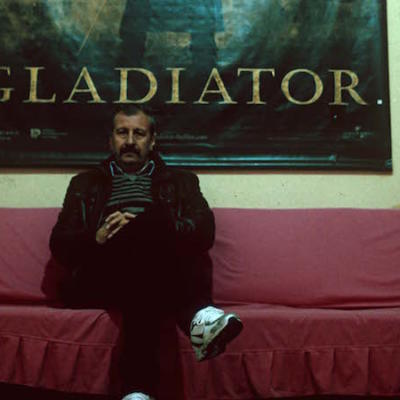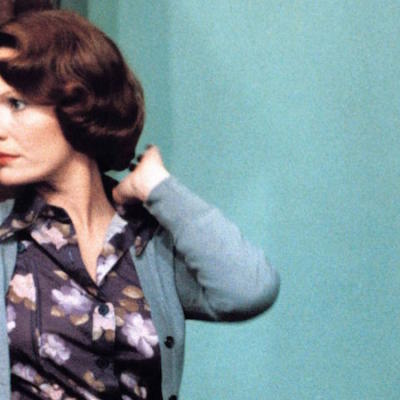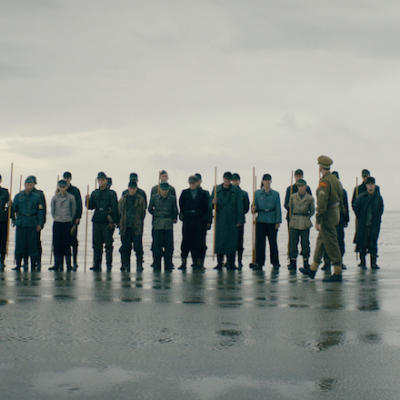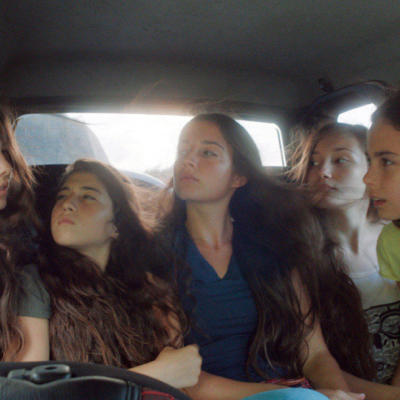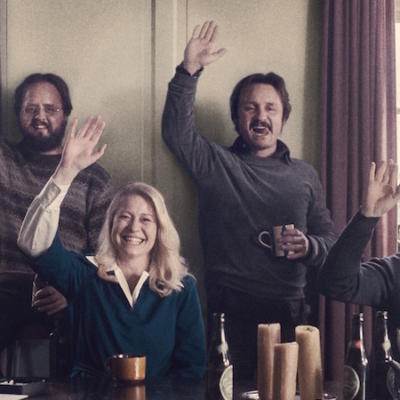The 2015 Tibetan comedy drama Tharlo reveals the demise of a shepherd named Tharlo as a result of Western influence. The audience follows Tharlo into town as he embarks on a journey to get an I.D card. From there he is corrupted and unknowingly taken advantage of by a young female barber (played by Yang Shik So) until it is all too late.
Tharlo, nicknamed ‘Pony Tail’, because of distinctive hair style, lives a life of solitude in the mountains, works as a shepherd, and his best friend is a lamb who he carries in a rucksack with him. Tharlo lives a simple life. His character is humble, almost naïve in representation and unaware of the rapid progression going on in his country.
Upon entry into the shop where Tharlo is to get his I.D photo taken, a Nepalese couple sit for their photo. Behind them, the backdrops scenery is changed by a camera assistant from Tiananmen Square to The Statue of Liberty. This scene sets the viewer up for what is to come in the film. Tharlo eloquently contrasts the simplicity of a shepherd’s life in the mountains, with the noise and hustle and bustle in town. The film is a striking representation of the realistic struggles for Tibetan shepherds.
Tharlo challenges existing pieces of work about the shepherd lifestyle. Commonly, stories about shepherds reveal journeys of discovery and enlightenment. The film, which is written and directed by Pema Tseden, follows Tharlo as he is corrupted and becomes powerless. Instead of the shepherd embarking on a journey of self discovery- a common theme explored throughout eastern art, film and literature, this film allows the audience to re-asses their own lifestyle and day-to-day practices as they witness his fall.
Tharlo’s journey into town reveals the detrimental force western lifestyle can place onto someone. He is immediately affected by the noise, fast pace, idolisation of celebrities, alcohol, and manipulation, which comes from a young promiscuous female barber. His innocence and simplicity, conveyed throughout by his consistent companion, a lamb. This lamb becomes a direct symbol for Tharlo's journey, being killed just as he loses almost everything he materially owns.
The film uses an interesting combination of camera placements and shots. Filmed in black and white, its quirks are displayed through its still shots and use of mirrors to reflect the subject matter. The visuals strongly represent how the film's protagonist is transposed from a simple, humble lifestyle, into a complex and seemingly evil lifestyle. The film uses still camera shots and use of reflections to create an insightful experience for the audience.
Tharlo is unique, quirky and invites the audience to question their own lifestyle. The film provides a platform in which westernisation, identity, gender, and culture loss are explored in a comical and captivating way, and it powerfully contrasts the West with the East.
The film is inspirational and extremely relevant. Everyone should see this - It is a true piece of art.
